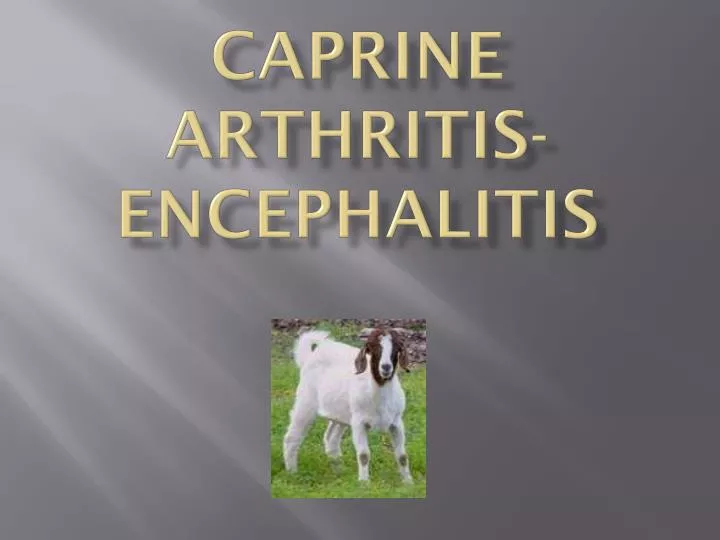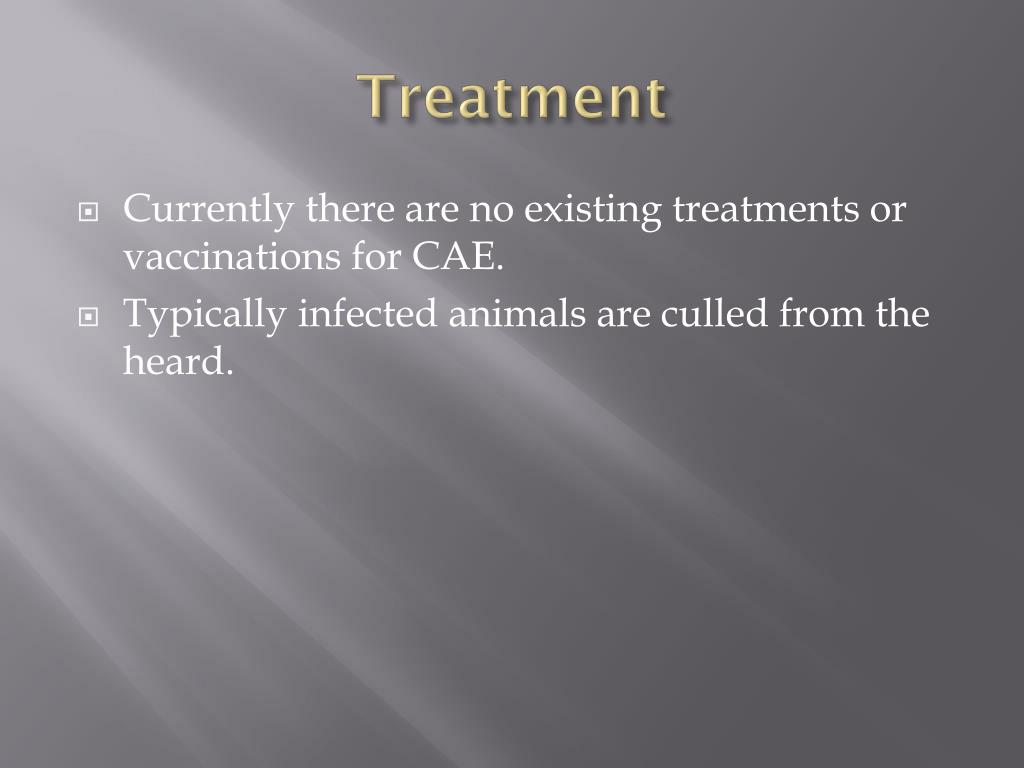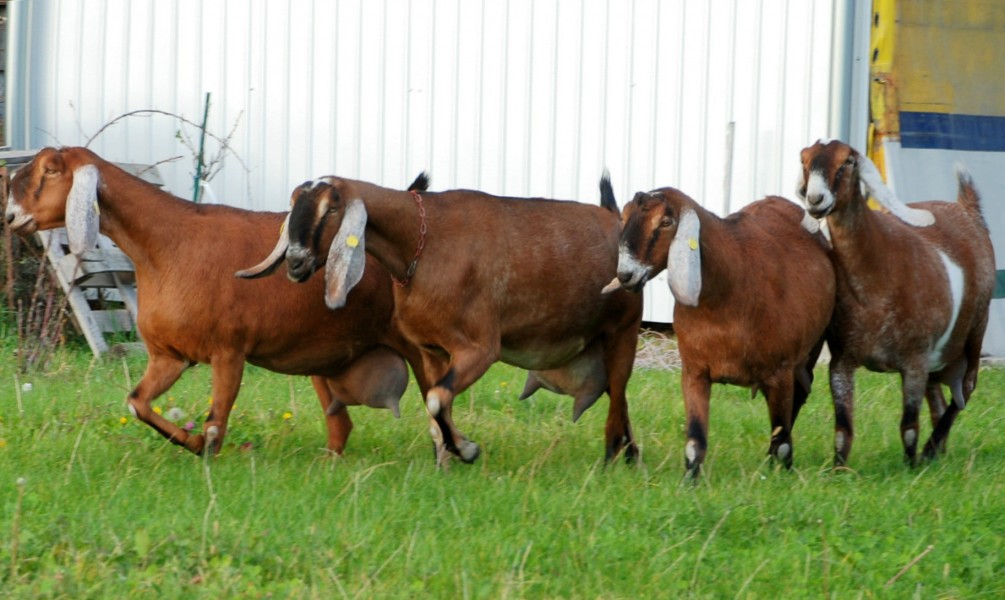

Peripheral blood mononuclear cells (PBMCs) were separated using the Ficoll gradient centrifugation method using Histopaque®1077-1 (Sigma Aldrich, USA). We collected leukocyte samples from all goats in the farm through the jugular vein and extracted total DNA from peripheral blood lymphocytes (PBLs) for CAEV detection by PCR. Perhaps because of nervous system signs, nervous system symptoms such as lameness, body paralysis, tremor, and torticollis were found ( Figures 1A,B). In young kids (under 3–4 months old), the most common symptoms were pneumonia and nervous system signs.

Farmers reported that the goats were found dead mostly within 1 month or after a maximum of 3–4 months after clinical signs started. Two adults older than 1 year had mastitis, arthritis, and a rapid drop in milk production. As shown in Figures 1A,B, swelling of the carpal joints, stiffness, difficulty moving and standing, distortion of the leg, and cachexia were common in most goats suspected of being infected. Clinical signs were found in 11 adults older than 6 months and 10 young animals between 6 months and 1 year old. The farm was isolated from villages in mountain areas. With careful observation, we found that more than 60 adult goats showed similar clinical signs. In particular, one Saanen dairy goat farm in Korea reported that some goats showed clinical signs such as arthritis, paralysis, swelling of the carpal joints, and even death. We previously published only genetic sequence information of CAEV in Korea, and we report our findings of clinical and pathological results in this report.Īmong the 111 goats tested, 56 goats were positive by PCR. Although there have been many similar reports, as there are a very small number of dairy goats in Korea, CAE reports are very rare. The aim of our study was to investigate the clinical and pathological findings of caprine arthritis encephalitis (CAE) in dairy goats in Korea. Latent infection is common to most lentiviruses, similar to CAEV, for which the infection remains latent until monocytes mature into macrophages ( 1, 14). Sexual transmission is also another suspected route of transmission, and some sources speculate that in utero transmission occurs however, additional studies and confirmation are still required ( 7, 13). There is horizontal transmission by direct contact between goats through prolonged contact between infected and healthy animals housed in the same location ( 12). After ingestion in milk, the virus crosses the small intestine and infects monocytes and macrophages ( 1, 11). The major route of transmission is considered vertical transmission through colostrum or infected milk.

Although it is a widespread disease in most goat-farming countries, little information is available on the CAEV infection status of Korean goats. The arthritic form is the most common and is generally observed in individuals aged 6 months and older ( 9, 10). After being first diagnosed in goats in 1974, it has been diagnosed worldwide ( 5– 8). Infection with CAEV is persistent and lifelong. There are four major clinical forms/presentations: arthritis, encephalitis, mastitis, and interstitial pneumonia ( 1– 4). Goats infected with CAEV exhibit severe and chronic devastating disease characterized by significant economic loss. Caprine arthritis encephalitis virus (CAEV) is a single-stranded, icosahedral RNA virus of the family Retroviridae and belongs to subgroup B of small ruminant lentiviruses (SRLVs).


 0 kommentar(er)
0 kommentar(er)
